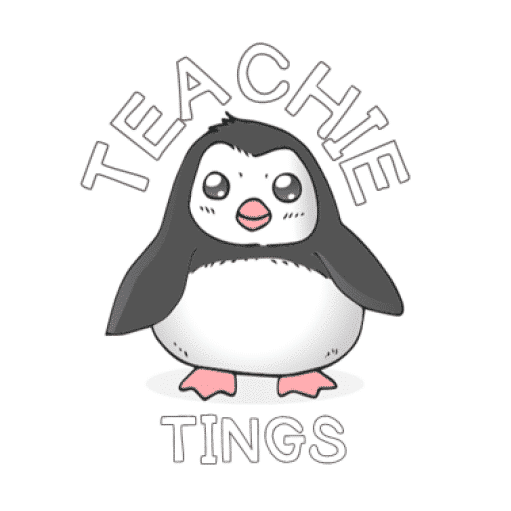
Teaching to the ‘A’ is a bold approach that communicates high expectations to every learner. As an educator, it has proven to be the most effective strategy in lifting the performance of students. But what exactly does it mean to teach to the ‘A’? Defining ‘Teaching to the ‘A’’ Teaching to the ‘A’ involves modeling […]
